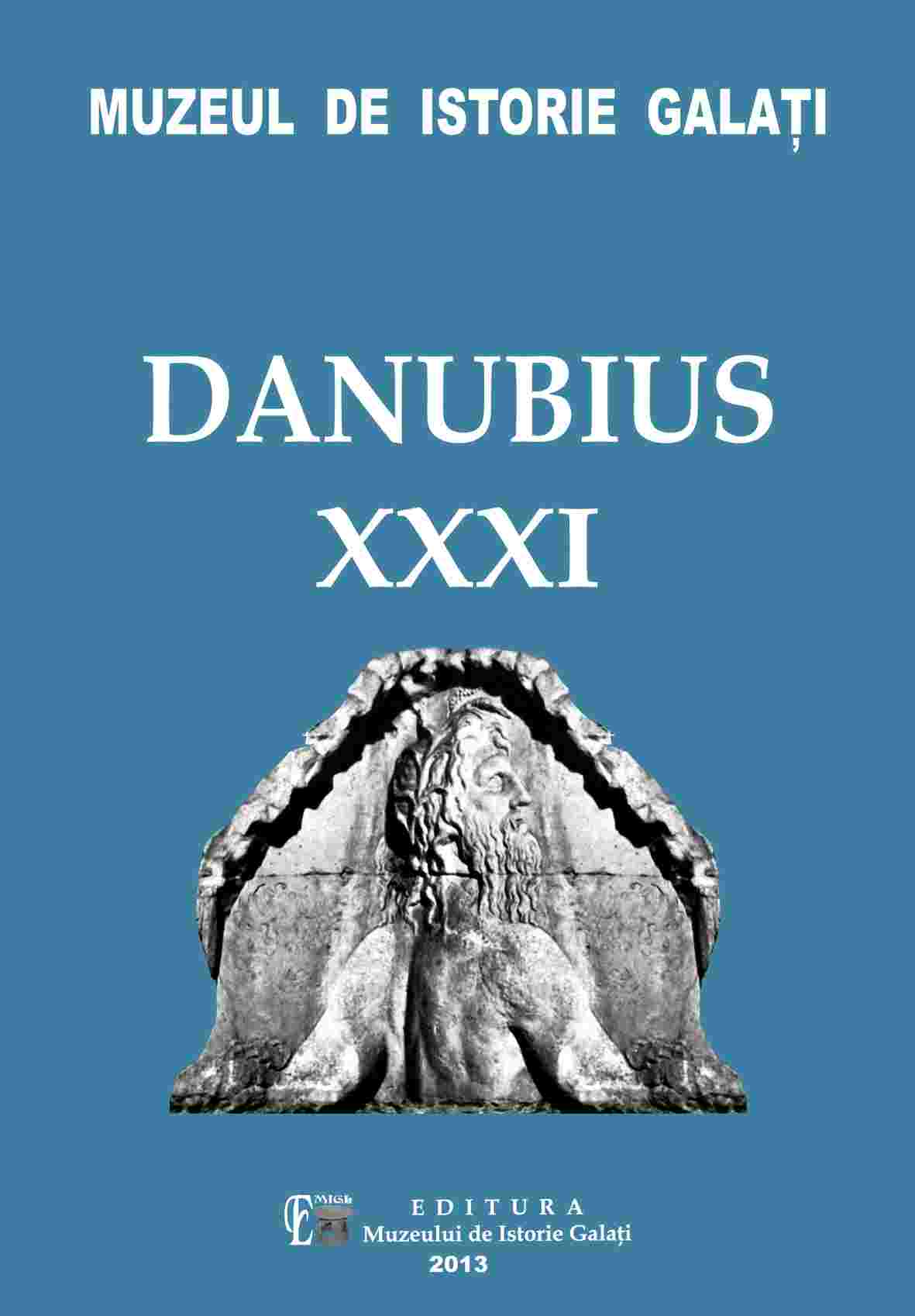Украинско-молдавское сотрудничество в Одессе в период революции 1917 года
The Ukrainian-Moldavian Cooperation in Odessa, during the Revolution of 1917
Author(s): Taras VintskovskiiSubject(s): Pre-WW I & WW I (1900 -1919), History of Communism
Published by: Muzeul de Istorie „Paul Păltănea” Galaţi
Keywords: revolution; 1917; Odessa; Moldavian Military Committee; Ukrainian Steering Committee; Odessa Ukrainian Military Rada
Summary/Abstract: The Ukrainian historiography pays special attention to the inter-ethnical relations during the National Ukrainian Revolution of 1917 - 1921, as the falling of tsarism freed the expression possibilities of the populations living in the Russian Empire, they having, thus, the opportunity to declare the necessity of protecting their own cultural interests and, in some cases, of creating national states. The analysis of the national/ethnic processes during the revolution started in 1917 has not covered yet the entire range of problems. There is still much to be said about the regional disputes or cooperation between various ethnic groups. This fact is proven by the series of publications of the Ukrainian historian V. Ustymenko who examines the ethnic and political processes in the Popular Ukrainian Republic from the point of view of the officials from Kiew, leaving the research of the regional aspects of this issue still open for discussion. The present article analyses the social and political conditions under which the Ukrainian and Moldavian national associations from Odessa developed during the 1917 revolution, highlighting the cooperation between them under various aspects regarding the public attitudes (joint demonstrations, looking for solutions to the mutual problems in the political and cultural areas, forming national military units). The leaders of the Ukrainian Military Rada from Odessa (OUMR), especially I. Luțenko, considered the creation of the Ukrainian military units as a necessary element for the formation of the future Ukrainian state. The Moldavian Military Committee pursued similar goals, proving a trust worthy partner for OUMR in reaching their goals. The Moldavian and Ukrainian military organizations had to face the opposition of the Odessa Military District, of Rumcherod (Central Executive Committee of the Soviets of Romanian Front, Black Sea Fleet and Odessa Oblast), of the Council of the Representatives of Officers and Soldiers, as well as of the Russian parties which dominated the political life in the region. Eventually, significant ethnic military units were successfully created in the Odessa region (12,000 Ukrainian militaries and 3000 Moldavians). They cooperated initially with the Ukrainian Steering Committee (UKC), founded in March 1917, which wanted to contribute to the creation of an autonomous national government lead by Tsentralna Rada (the Central Rada). The Odessa Moldavian Military Committee cooperated initially with the representative Ukrainian bodies, but soon shifted towards reaching their own national goals in Bessarabia.
Journal: Danubius
- Issue Year: XXXI/2013
- Issue No: 1
- Page Range: 243-255
- Page Count: 13
- Language: Romanian, Ukrainian

